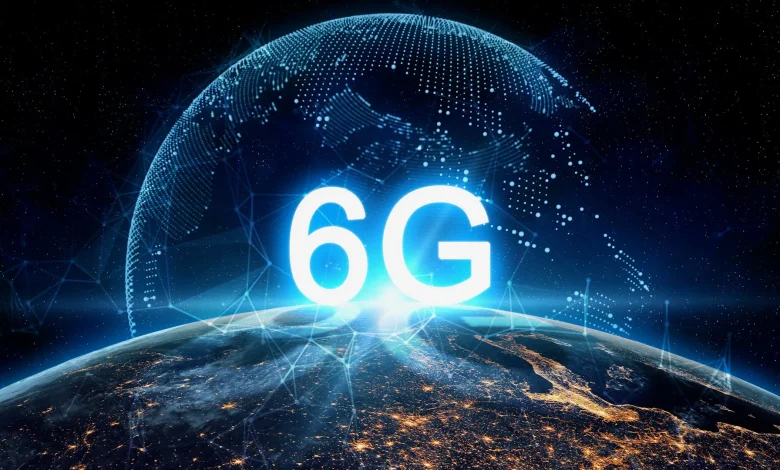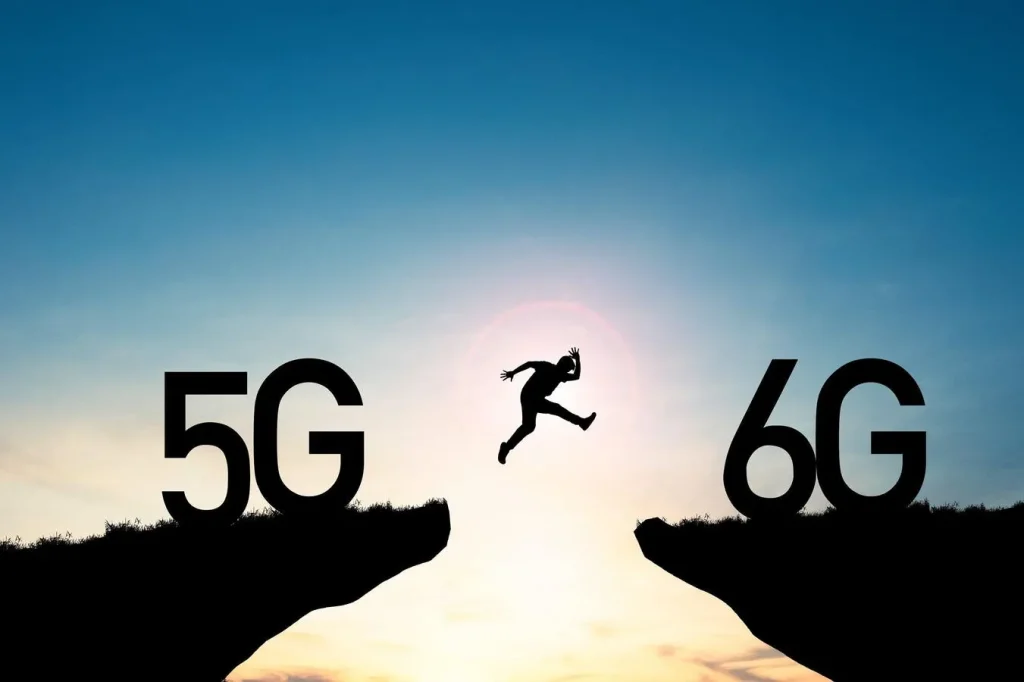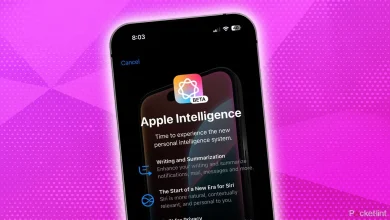
Will 6G Networks Revolutionize Global Connectivity?
6G networks are coming, but will they redefine global connectivity or just boost speed? Explore how they may reshape digital infrastructure.
The transition from 5G to 6G networks is already in progress, even though most people are still and will be adjusting to 5G for many years. As countries invest in Research and Early trails, the 6G network is being configured as the next big jump in the telecommunications industry and it has been said that there will be ultra low latency, massive connectivity of devices and speed as much as 100 times faster than 5Gs.
But that is not the only tale. Holographic communication, AI-smart cities and real-time collaboration across the globe are just some of the stories that 6G networks can support. These future applications demand not only bandwidth but intelligent infrastructure and 6G is so planned.
Beyond Speed: Intelligence and Integration
Artificial intelligence integration will form one of the major innovations of 6G networks. Unlike 5G which made mainly data transfer faster, 6G is being designed to accommodate adaptive and predictive networking. This means devices will respond more intelligently, in real time to changes in demand across sectors such as healthcare, logistics, manufacturing, etc.
With intelligent automation at the center, 6G networks help to implement use cases like remote surgeries with no delay, predictive maintenance in smart factories and fully self-driving transport systems. Such abilities depend upon capability to process enormous amounts of data in a timely and a one-hundred-percent reliable fashion.

Global Equity and Sustainability Challenges
Though the availability of 6G networks also has massive potentials, there is debate on important topics. Will developed and developing nations get infrastructure rolled out the same way? The digital divide continues to be a major concern, and new generations of wireless tech are not made available equally to new generations deepening the divide globally.
There’s also the sustainability factor. Unless compensated by developments in green energy and efficient hardware, the energy consumption of ultra high speed networks is likely to be enormous. For the 6G networks to be revolutionary, they need to be access-able, secure, and also avoid the environment from all forms of degradation.

Timelines and the Road Ahead
In a realistic world, we won’t see anything like the consumer-ready availability of 6G networks until right about 2030. That gives developers scope to try test and align to global standards. Those states such as South Korea, China, and the U.S. have already embarked on 6G research activities thereby indicating great geopolitical interest to take the lead.
As the technology matures, 6G networks will accommodate used only to dream of applications thus far: brain-computer interfaces, immersive education platforms and infrastructure’s real-time digital twins. These strides can change how people relate with the digital and physical world.
6G networks are not just an increase in speed, they are a leap towards a profoundly intelligent, immediate response network of the world. The decision of today as to whether this shift is inclusive, safe, and sustainable will settle the question. Now it is time for business, government and individuals to prepare for a new era of hyper-connectivity.



